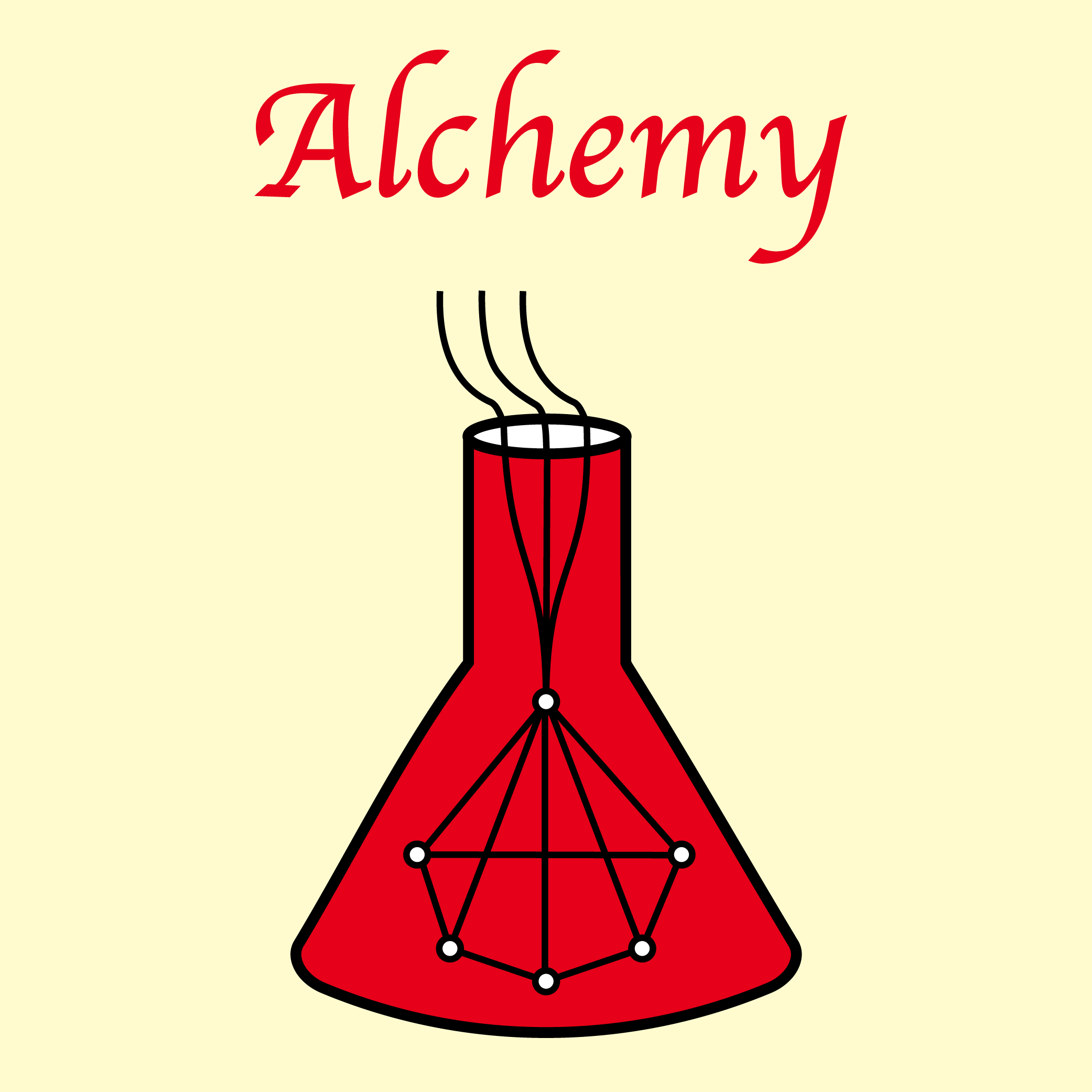Alchemy Annotations
"Write what you mean, mean what you write."
Purpose
Alchemy Annotations allow clearer documentation of intent of your code.
It can be used to document design intent, expectations, behaviors, structure, and more.
Why use this
It is much easier for other developers and architects to understand what is going on in the code base when they know what to look for, and what behavior to expect.
It also allows us to more explicitly document intent and expectations, reducing the chance for human mistake.
For example, by applying the @StrategyPattern annotation to a few classes, we know can more easily understand the
relationship between them.
Download
To use, simply add the following maven dependency.
Release
<dependency>
<groupId>tech.sirwellington.alchemy</groupId>
<artifactId>alchemy-annotations</artifactId>
<version>2.1</version>
</dependency>Snapshot
First add the Snapshot Repository
<repository>
<id>ossrh</id>
<url>https://oss.sonatype.org/content/repositories/snapshots</url>
</repository><dependency>
<groupId>tech.sirwellington.alchemy</groupId>
<artifactId>alchemy-annotations</artifactId>
<version>2.2-SNAPSHOT</version>
</dependency>Javadocs
API
Access
tech.sirwellington.alchemy.annotations.access
Labels describing expectations about access to code or data.
@Internal- Indicates that a Type, Function, or Variable is only intended to be used within the Project.@NonInstantiable- Indicates that a Class is not designed to be instantiated, and may throw an Exception if an attempt is made to instantiate it.
Examples
@Internal
@Internal
public class MapOperations
{
public Map findIntersection(Map first, map second) { }
}@NonInstantiable
@NonInstantiable
public final class Strings
{
private Strings() { throw new IllegalAccessException(); }
public static String toJson(String string) { }
}Arguments
Documentation for arguments or fields.
@Optional- Indicates that a parameter or field is optional, and can benull.@Required- Indicates that a parameter or field that should never benull. I.E., it's an error condition if it isnull.@NonEmpty- Indicates thatString,Array,Collection, or similar type should never be empty.@Positive- Indicates that aNumbermust be positive, or> 0.
Examples
@NonEmpty
class MyService
{
private final String name;
MyService(@NonEmpty String serviceName)
{
Arguments.checkThat(serviceName)
.is(nonEmptyString());
this.name = serviceName;
}
}@Optional
public Pizza create(Bread bread, @Optional List<Condiments> condiments)
{
Pizza pizza = createPizza(bread);
if (Lists.notEmpty(condiments))
{
pizza.addCondiments(condiments);
}
}Concurrency
Documentation for Concurrency concerns and concepts.
@ThreadSafe- Indicates that an Object or method is Thread-Safe and can be used in multi-threaded environments without additional precautions.@ThreadUnsafe- Opposite of@ThreadSafe. Used to indicate that an object is definitely not Thread-Safe and should be handled cautiously in multi-threaded environments.@Mutable- Labels an Object or variable as Mutable, meaning that its state can change once set.@Immutable- Labels an Object or variable as Immutable, meaning that its state cannot change once set.
@ThreadSafe
@ThreadSafe
class PizzaFactory
{
Pizza makePizza()
{
return new Pizza("Tasty!");
}
}@ThreadUnsafe
@ThreadUnsafe
class PizzaStore
{
private PizzaFactory factory;
...
void serveCustomer()
{
factory.makePizza();
//...
}
}@Mutable
@Mutable
class Store
{
@Mutable
private List<Customer> customers;
}@Immutable
class Store
{
private List<Customer> customers;
@Immutable
private final String storeName;
}Design Patterns
Documents the Application or Use of Design Patterns. This allows others to know right away how objects relate.
tech.sirwellington.alchemy.annotations.designs.patterns
@BuilderPattern@FactoryPattern@AbstractFactoryPattern@StrategyPattern@DecoratorPattern@SingletonPattern@ObserverPattern@StatePattern
@ObserverPattern
@ObserverPattern(role = SUBJECT)
class Apple
{
...
}
@ObserverPattern(role = OBSERVER)
class AppleFanboy implements AppleWatcher
{
void onNewRelease(PressRelease info)
{
print("WooHoo!");
}
}Notable Designs
These are not "Textbook" Design Patterns, but are still common and useful.
tech.sirwellington.alchemy.annotations.designs
@FluidAPIDesign@StepMachineDesign
Some of these patterns require you to also document the role of each object in the pattern. For example, the Observer Pattern:
Testing Annotation
These annotations help document certain aspects of Test Code.
@IntegrationTest- Tagged on Integration Test, to distinguish between a Unit Test@TimeSensitive- Tagged on a Test or section of code that may fail processing is slow
Requirements
- Java 8
- Maven
Building
This project builds with maven. Just run a mvn clean install to compile and install to your local maven repository
Release Notes
2.0
- New Design Pattern Annotations
@FacadePattern@FactoryMethodPattern
1.5
- New Annotations
@TimeSensitive@NetworkSensitive@IntegrationTest
1.4
- New Annotations
@Required@Optional@Positive
- Deprecating
@Nullableand@NonNull - Adding optional
Roleto@StepMachineDesign
1.3.1
- Added
@Pojo - Dependency Updates
1.3
- Annotation Target Updates
- New Annotations
@StepMachineDesign
1.2
- New Annotations
@NonInstantiable@StatePattern
1.1
- New Annotations
@Internal- Package and Group ID rename to
tech.sirwellington
1.0.0
- Initial Release
License
This Software is licensed under the Apache 2.0 License

